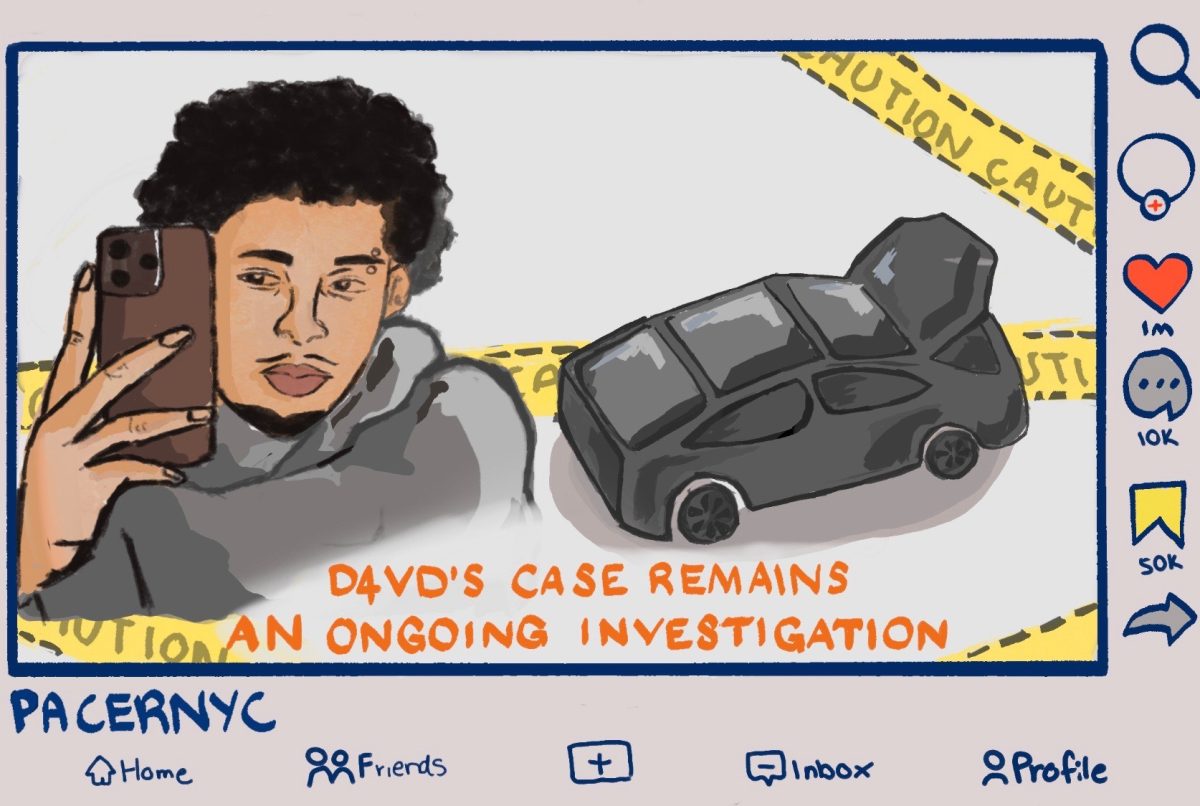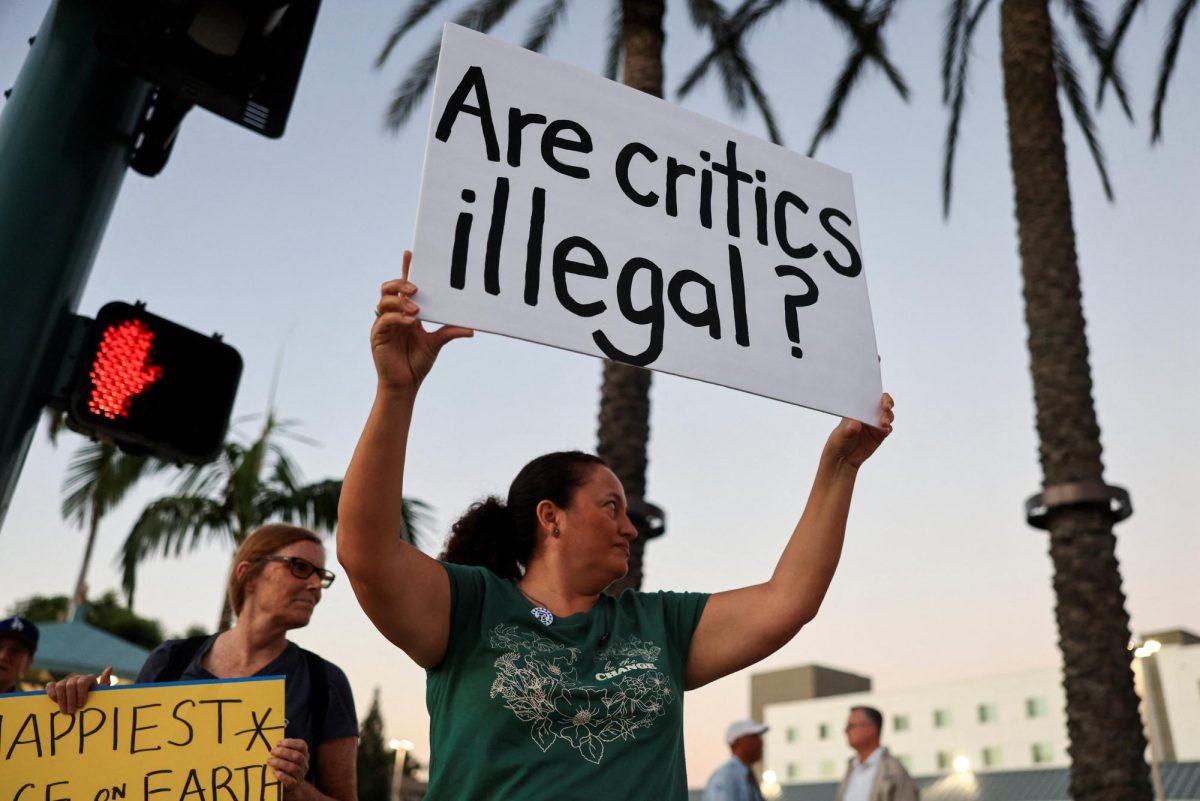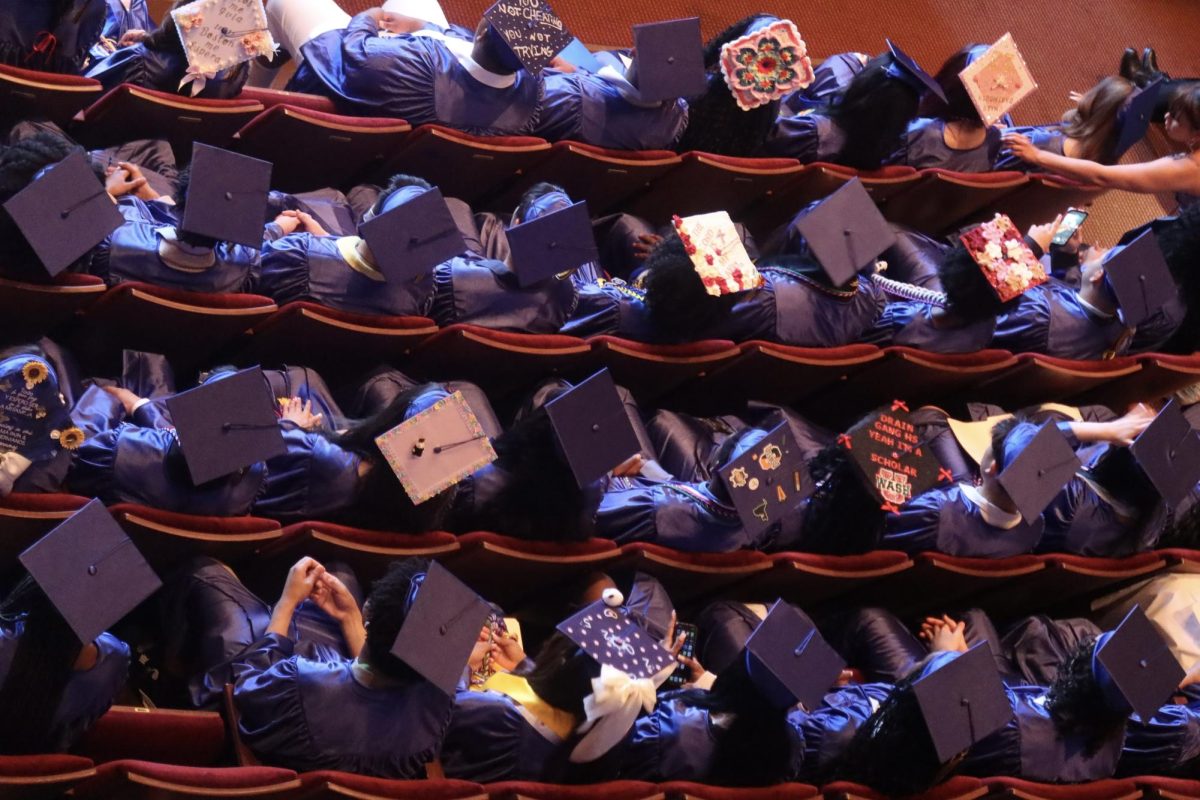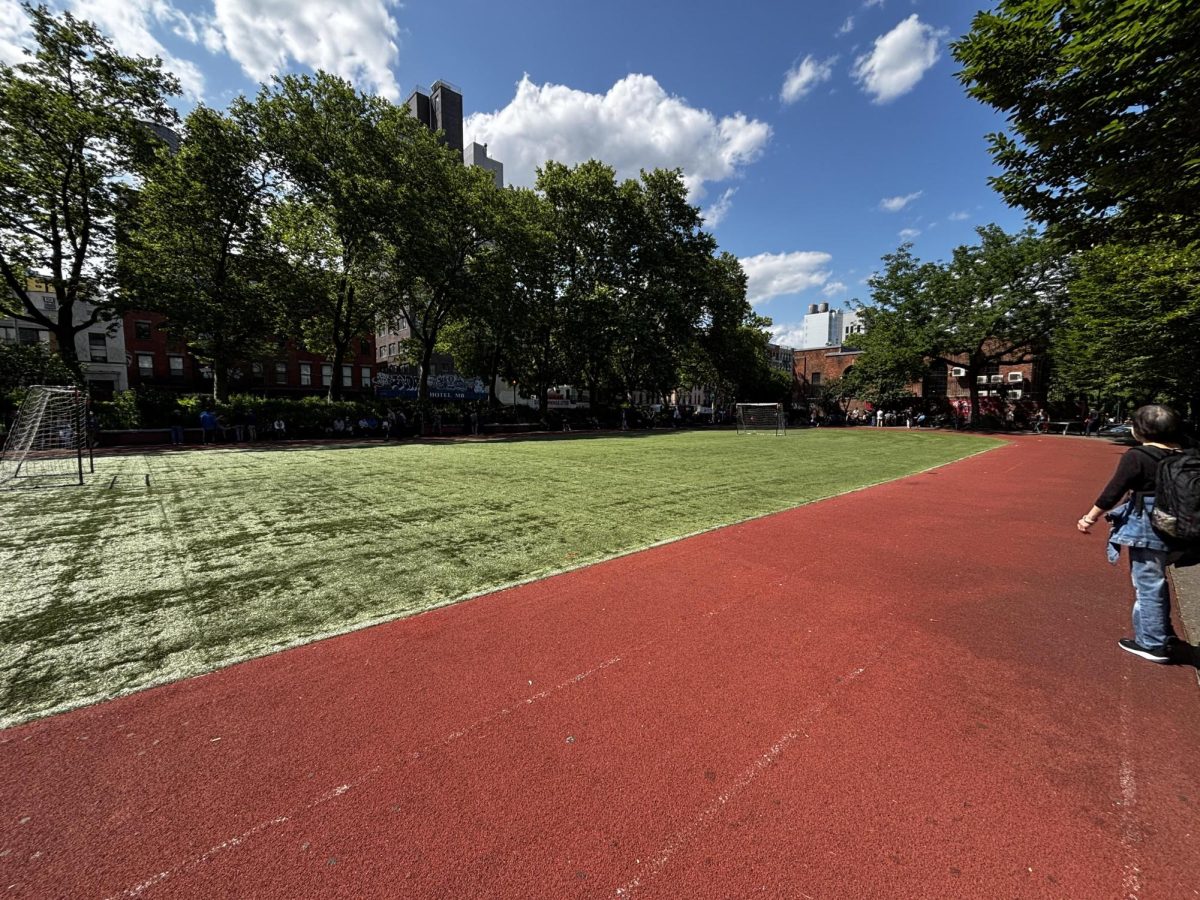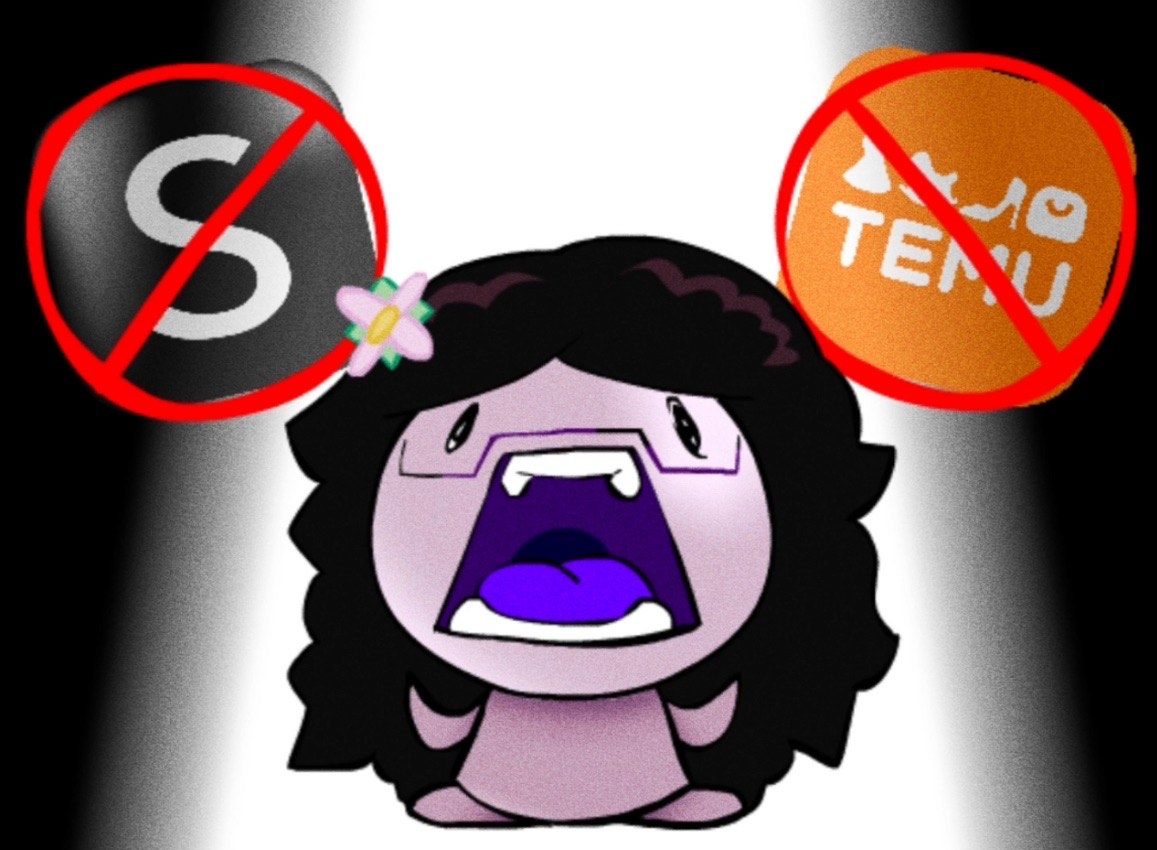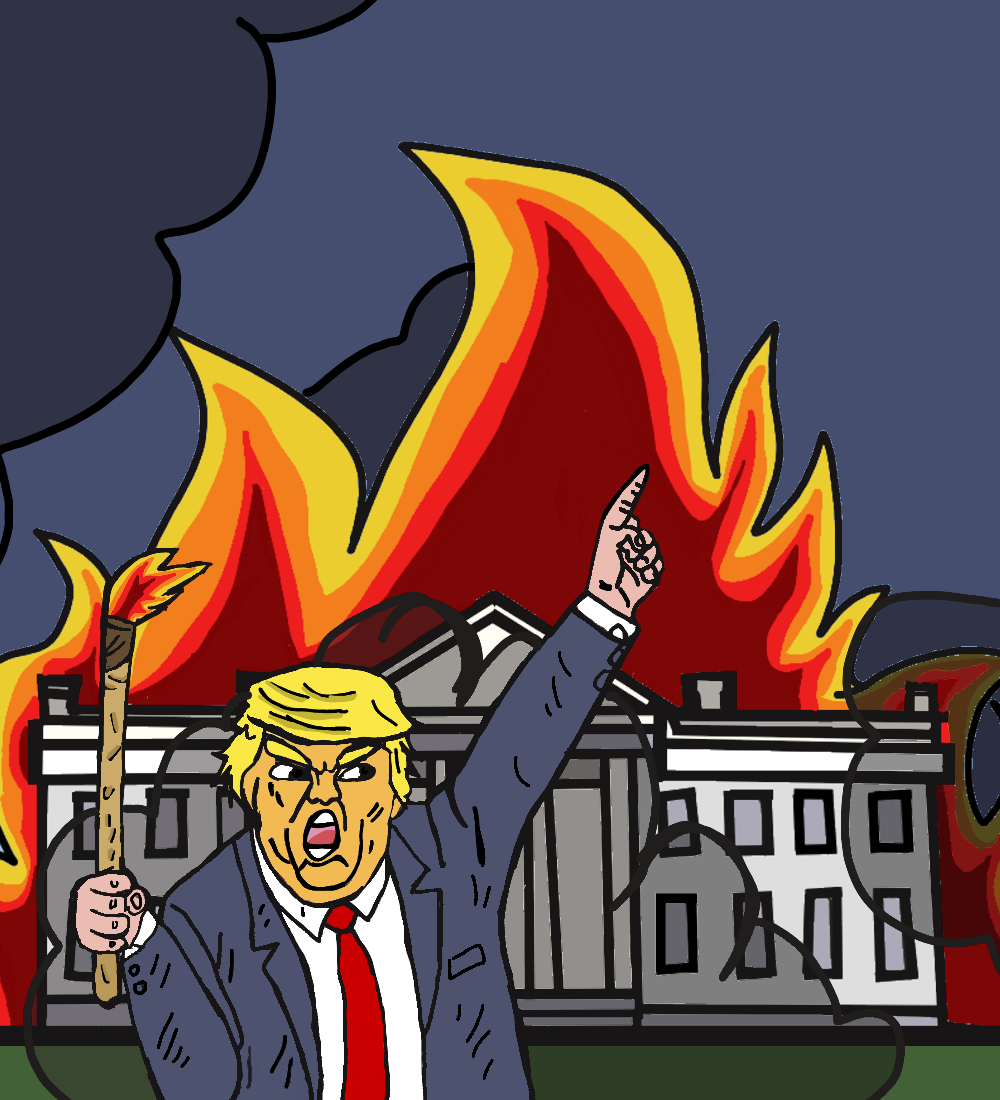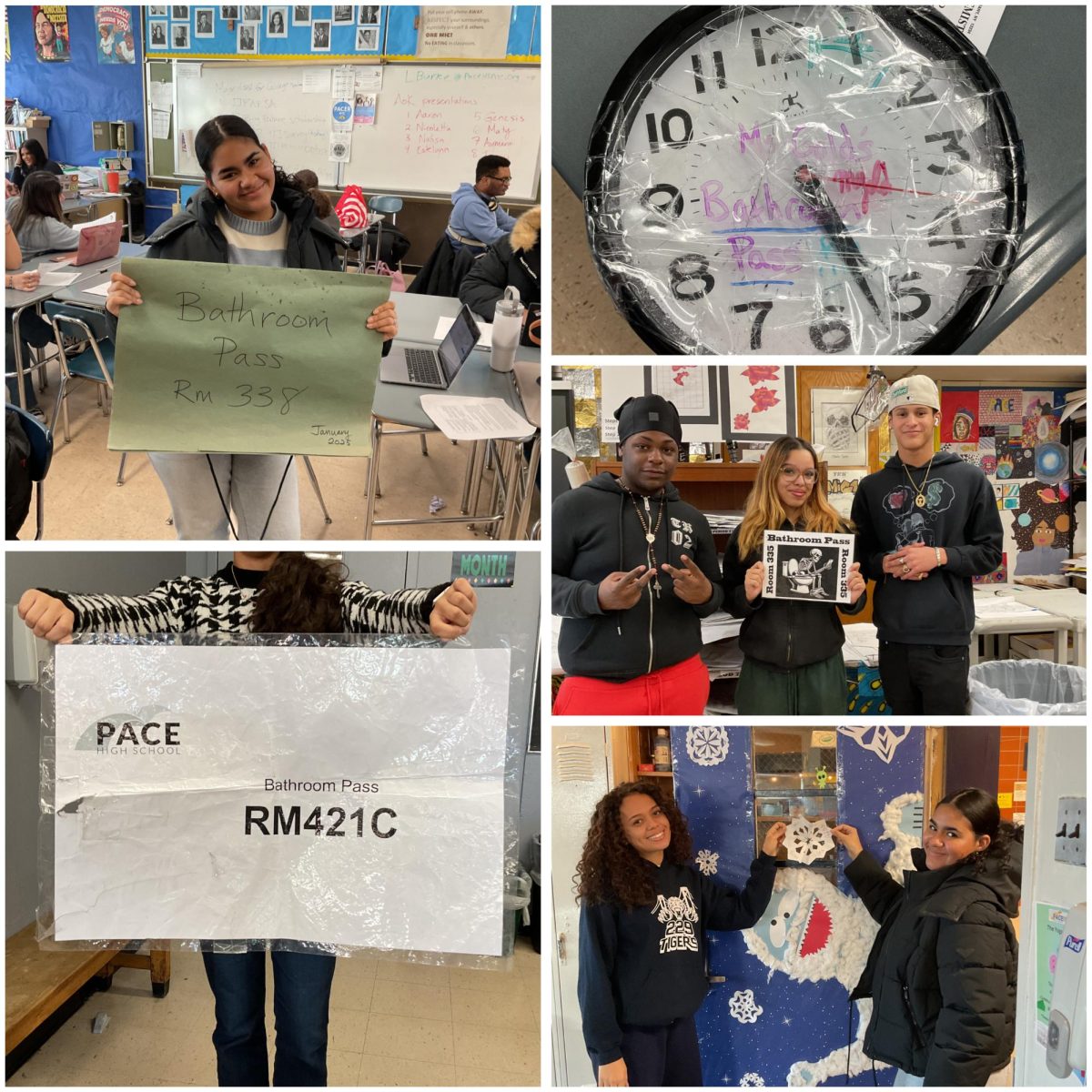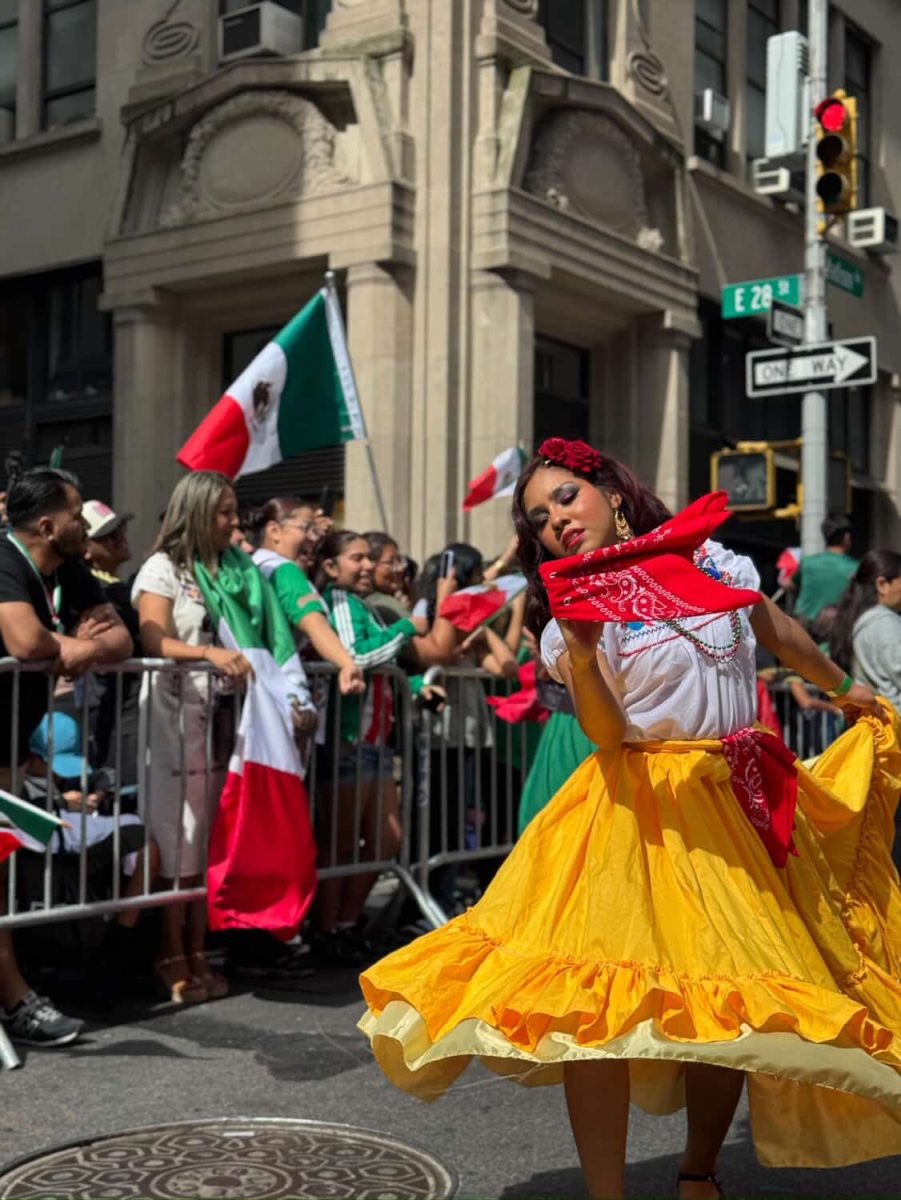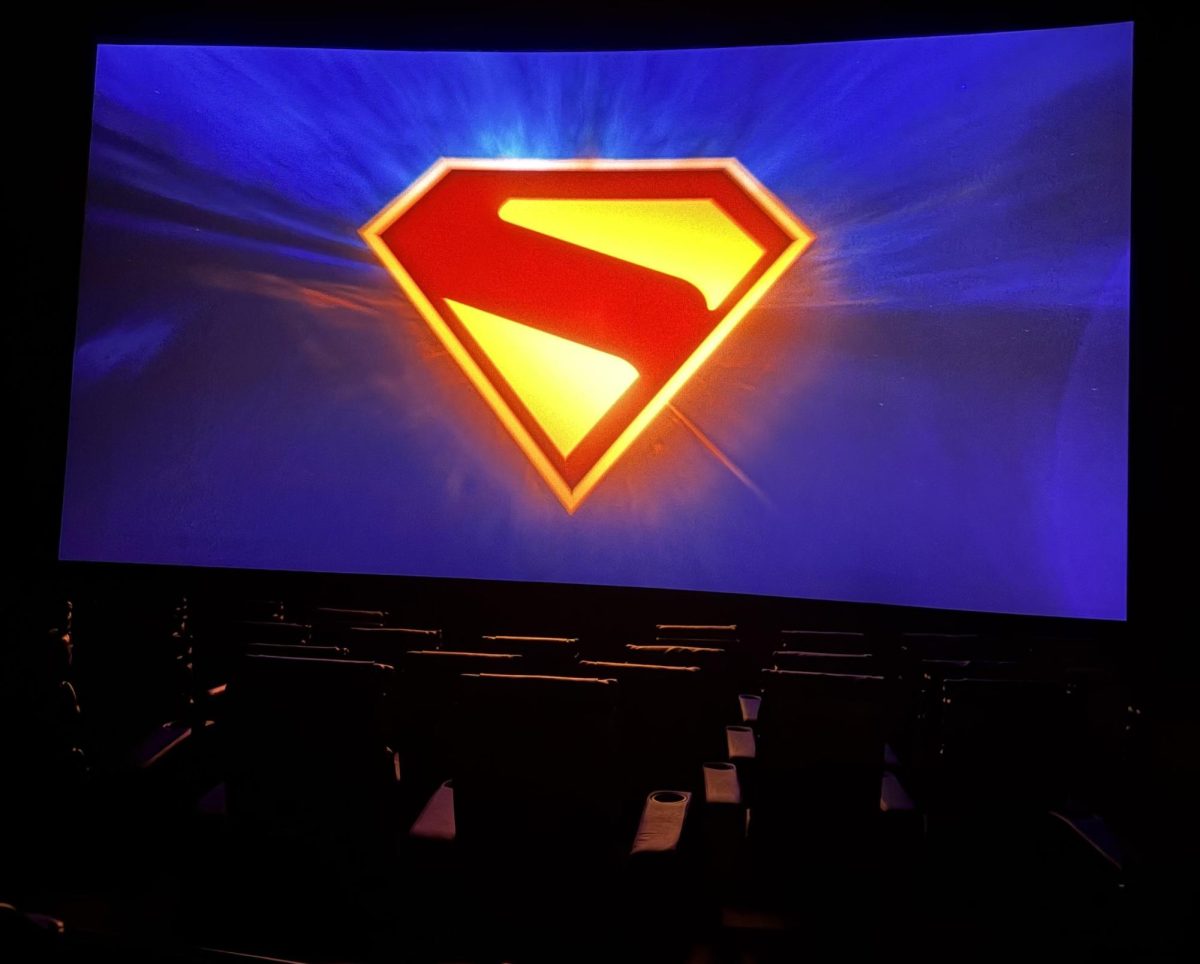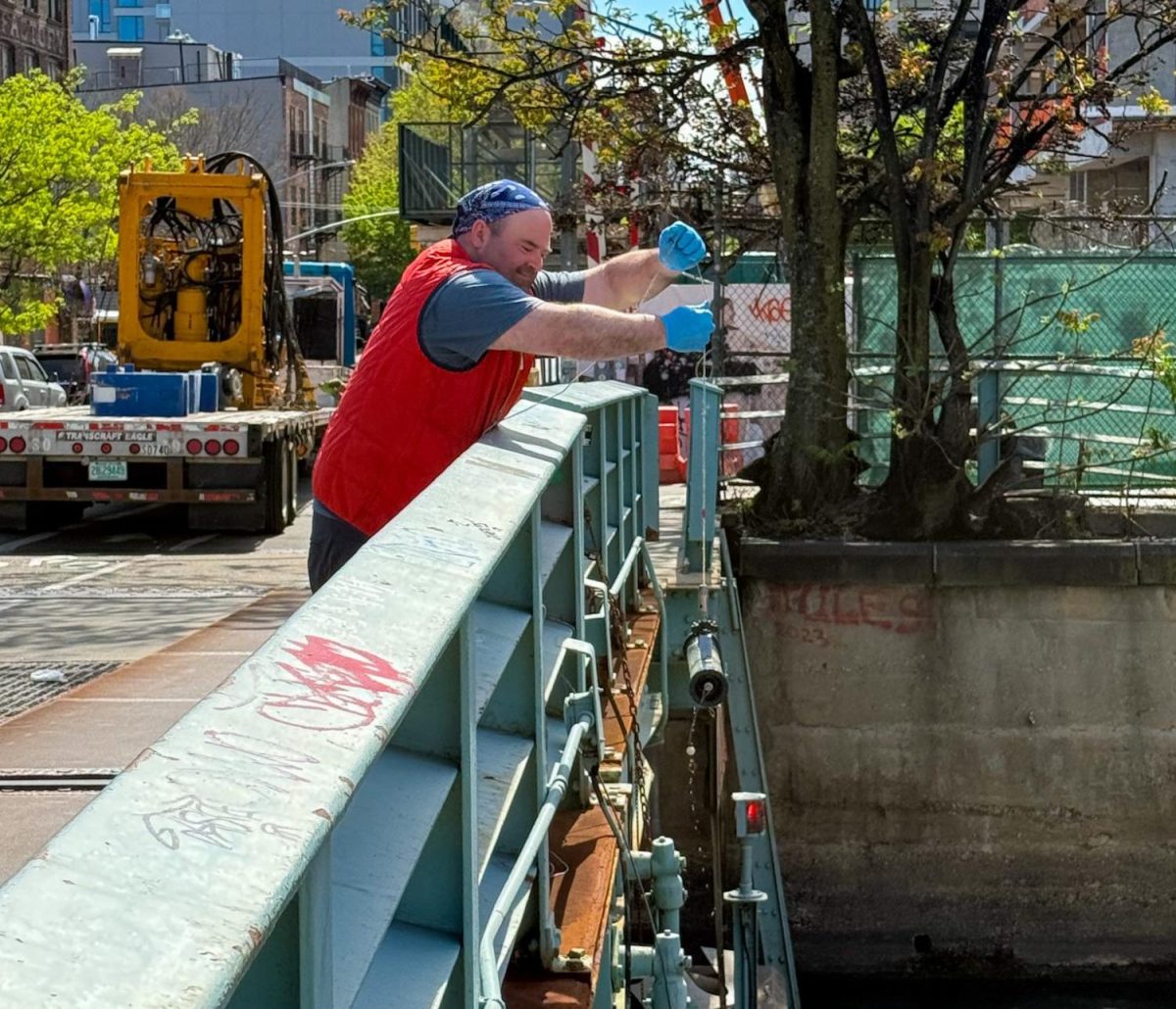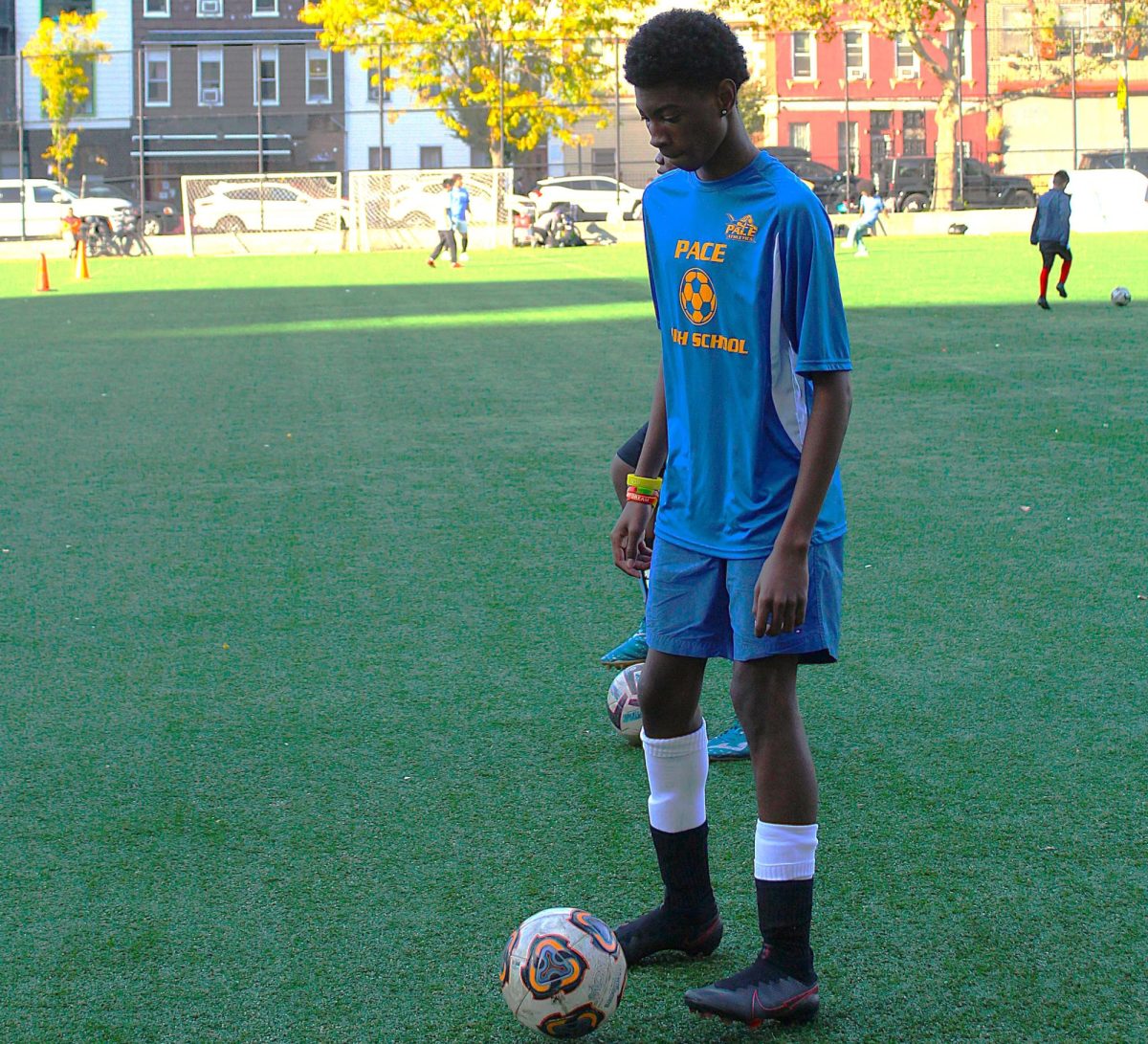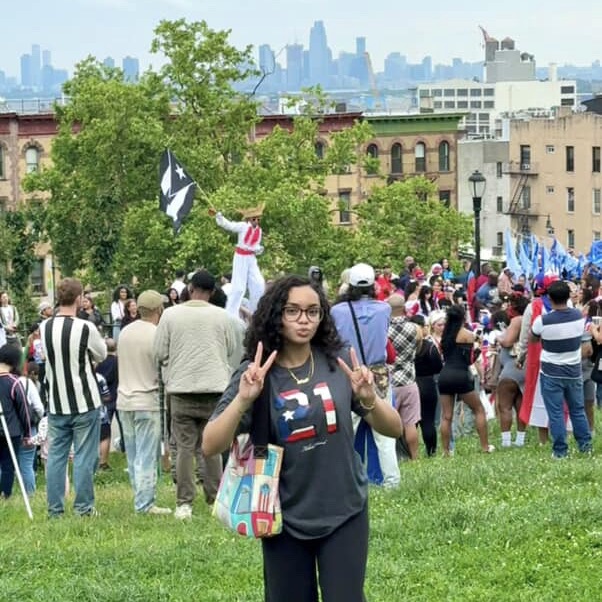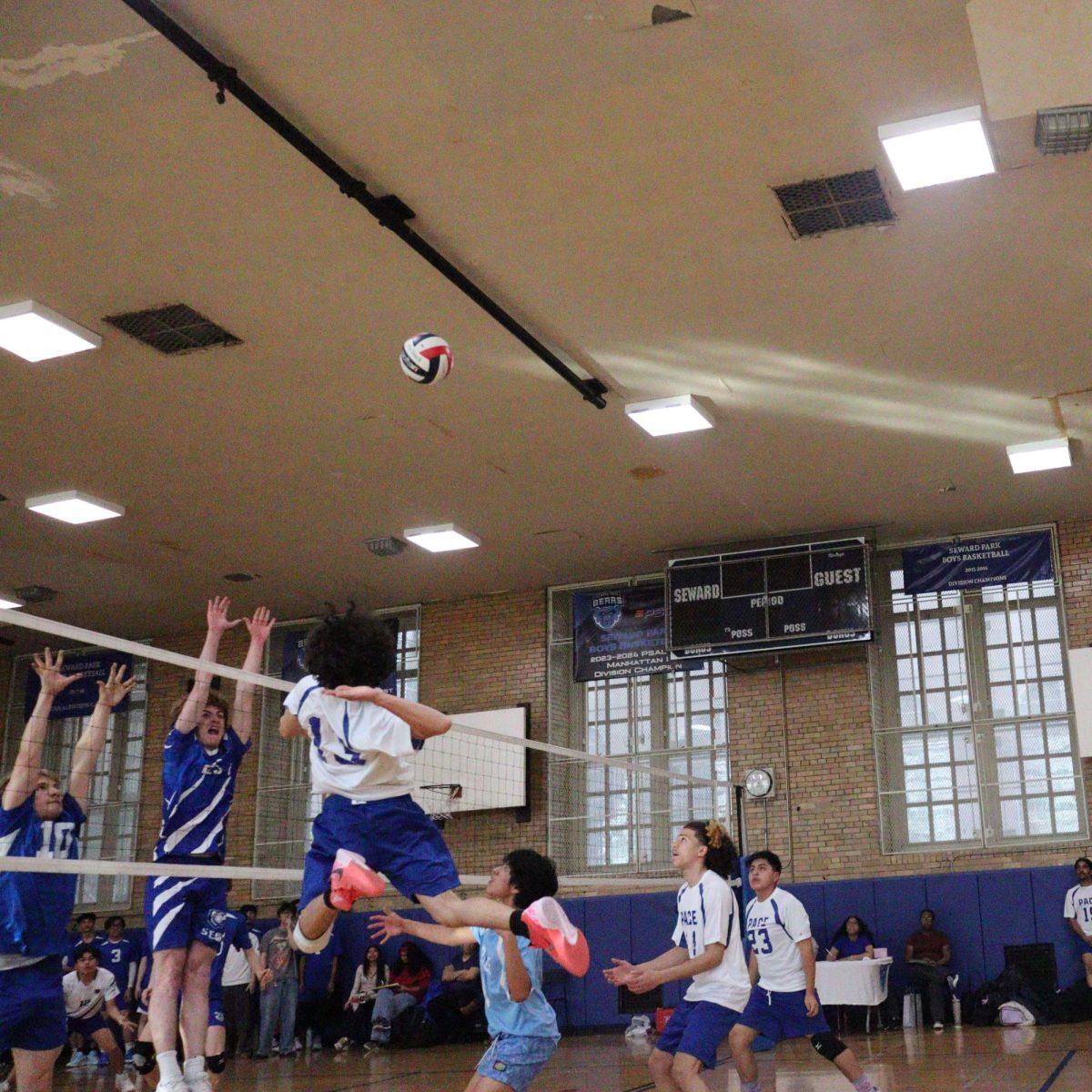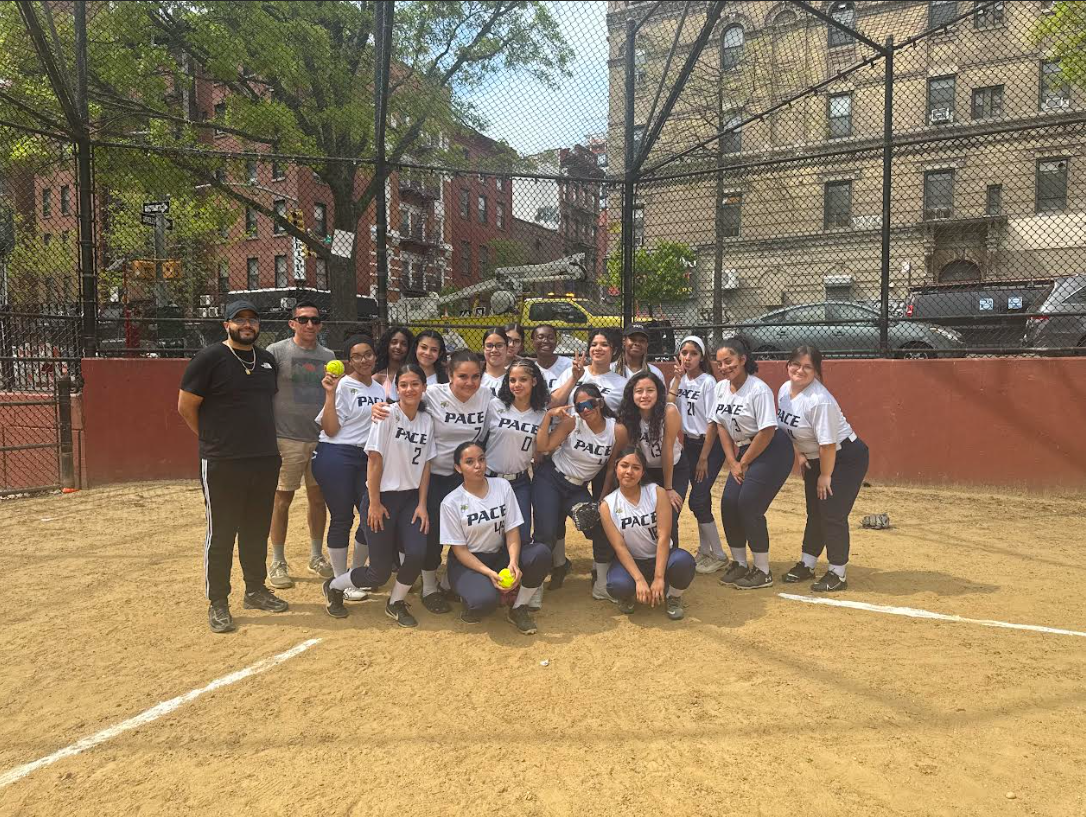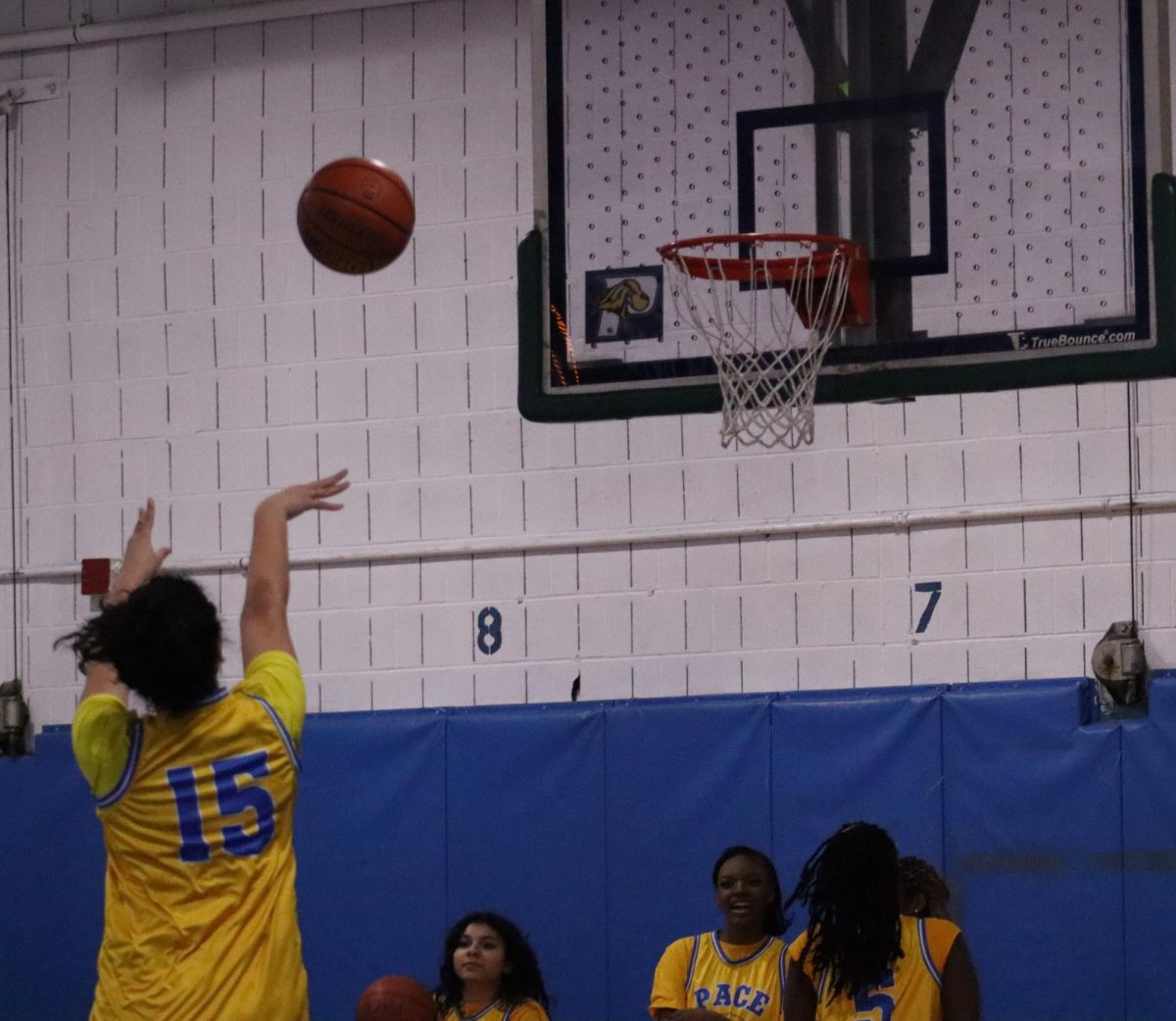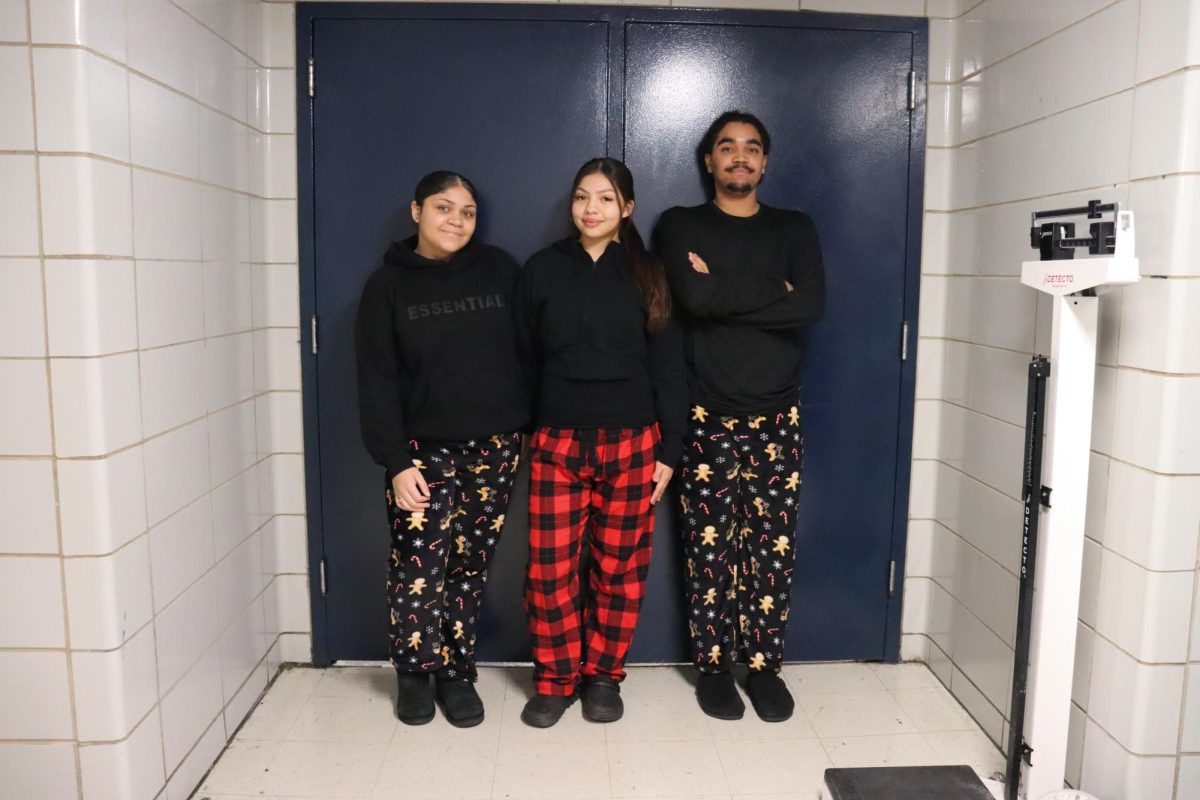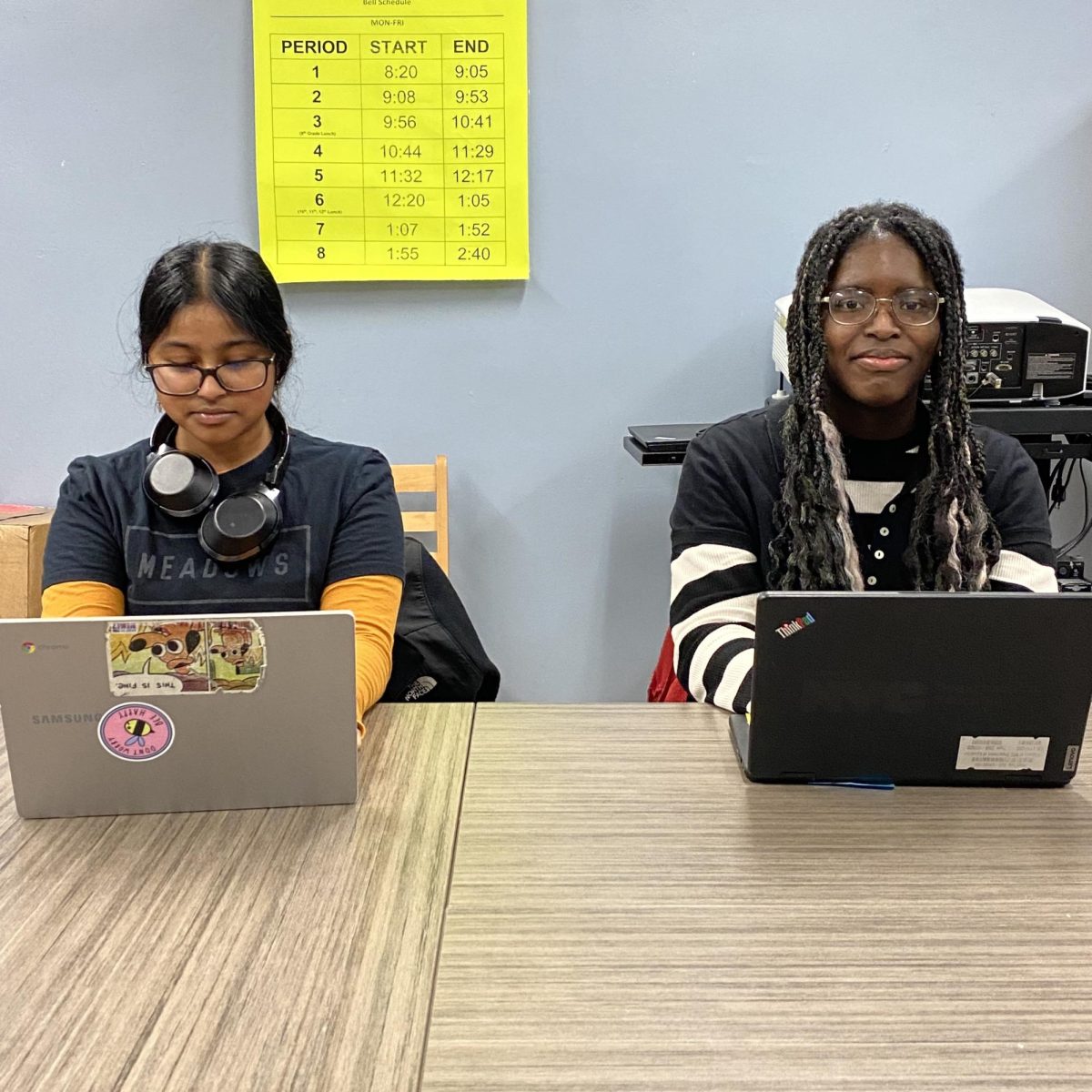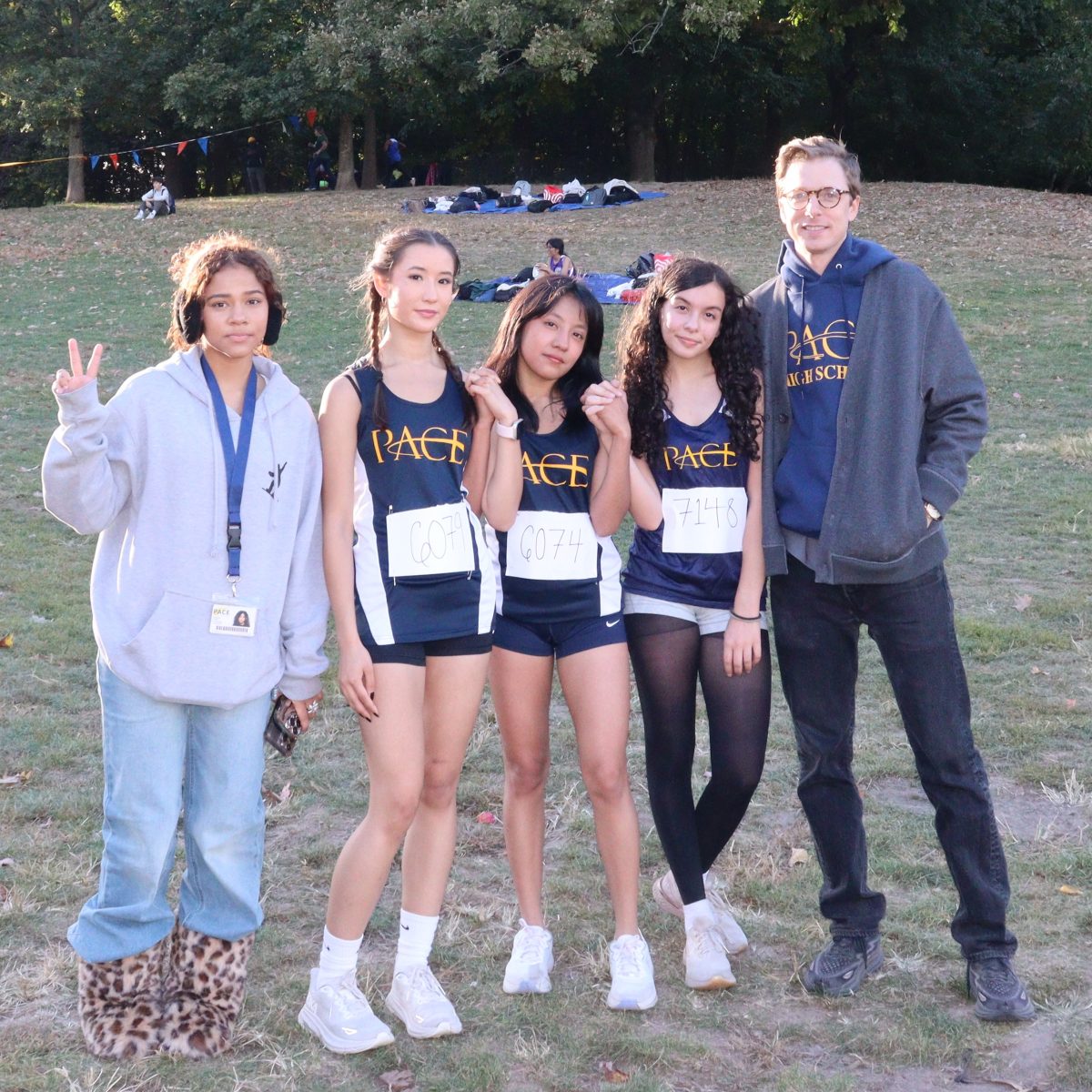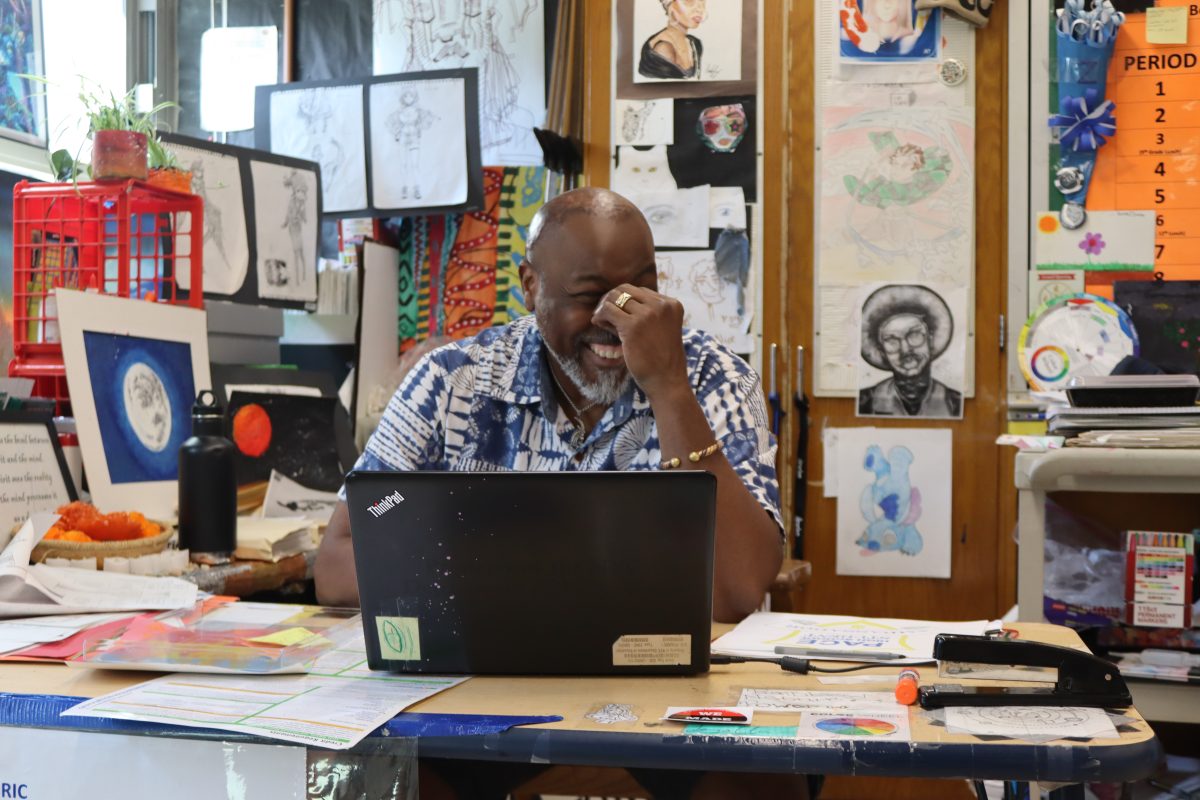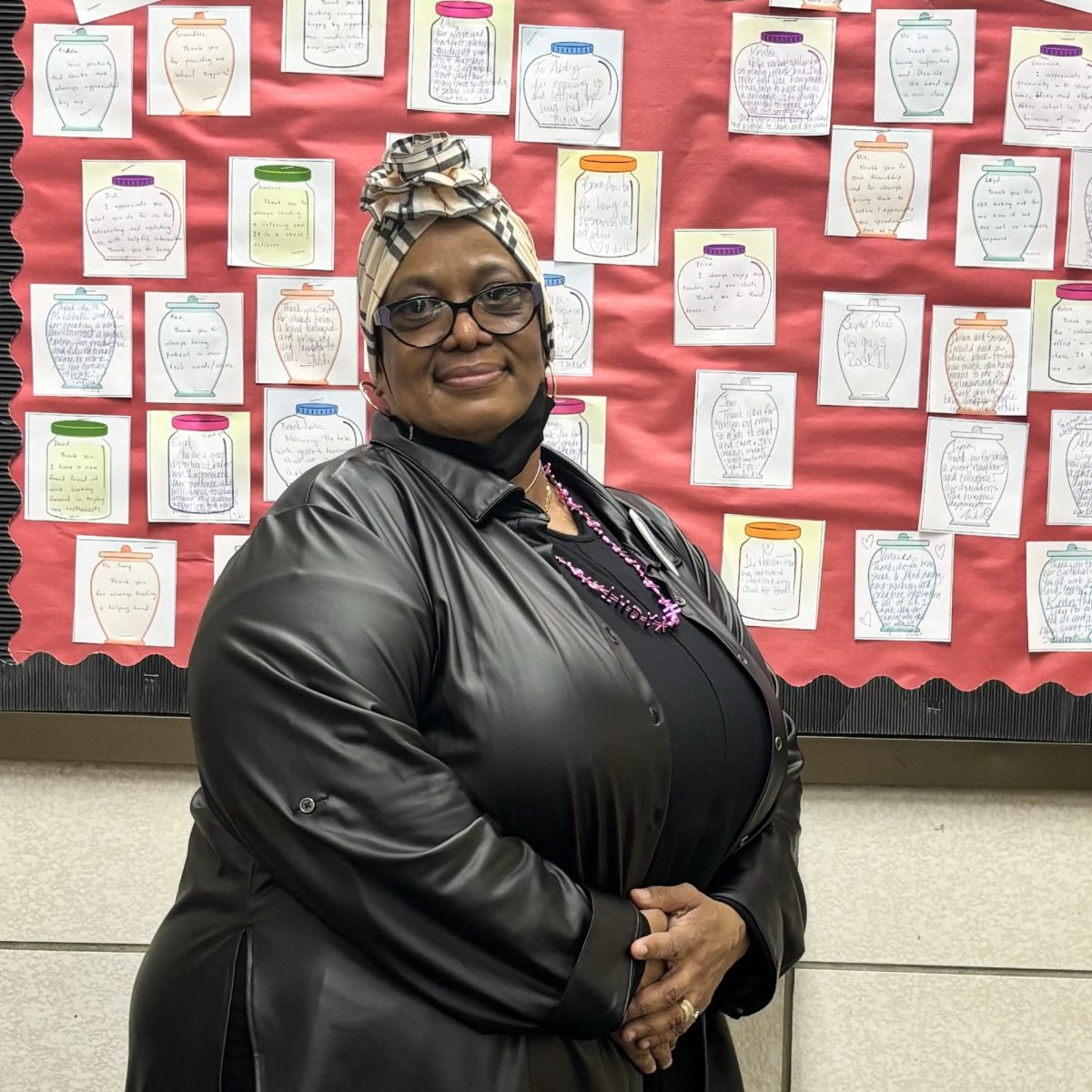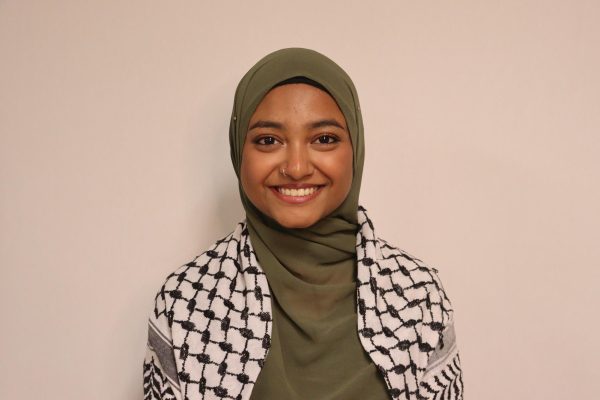As students across the globe have grabbed their backpacks and began settling back into school, the children of Gaza face a much more dejected reality. For over 625,000 Palestinian students, there are no classrooms to return to.
I can’t help but wonder what this would feel like for me and my classmates in the United States. Imagine if your school was reduced to rubble, your friends scattered, and your teachers nowhere to be found. No more homework sounds like a dream — until you realize you’ve lost access to knowledge, social connection and stability.
More than half of Gaza’s 560 schools have either been completely destroyed or severely damaged by Israeli airstrikes. Those that remain standing have been repurposed as shelters for displaced families. This isn’t just a tragedy — it’s an educational disaster that could ruin the futures of entire generations.
Schools are supposed to be a place where kids can feel safe and learn. But in Gaza, even these supposed “safe havens” have become targets. Over half of the schools in the region have been hit directly, leaving children not only without education, but also in constant fear for their lives. As for the families now living in these schools, the priority for education has moved below the need for basic survival.
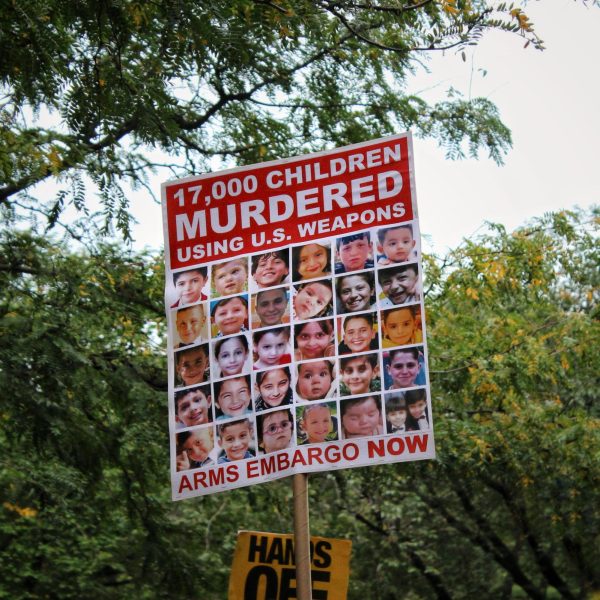
The mental toll on the children is Gaza is unimaginable, with many already suffering from trauma due to the violence they witness daily.
Organizations like the United Nations have been calling for a ceasefire, demanding that Israel allow humanitarian aid to flow into Gaza and that schools be protected. But so far, their calls have fallen on deaf ears. The situation is beyond urgent, as humanitarian workers warn that this educational void will take years to repair, if it’s even repairable.
Israel has claimed that it targets schools in Gaza that, based on intelligence, Hamas is using these buildings as bases. However, many of these strikes have only resulted in the death of thousands of civilians, including women and children who were using the schools as shelters during the conflict. The justification of bombing by saying they are ‘attacking Hamas’ has been repeated many times, when asked about the reason for a new massacre occurring to Palestinian civilians almost everyday by the Israel Defense Force.
We often talk about the importance of education and how it shapes our futures. But what future do these kids have if they can’t even go to school? As I sit in my classroom, surrounded by friends and textbooks, I can’t help but think about the children in Gaza who don’t have that privilege. Their voices are being silenced, their futures put on hold, and the world seems to be doing nothing about it.
In the end, it’s not just about bricks and mortar. It’s about providing a generation with the tools they need to rebuild their society — a society that’s been shattered by genocide. The world owes it to them to ensure that their dreams aren’t buried in the rubble of their destroyed schools.
As citizens of New York State, we send nearly $315 million to the Israeli military every year through our federal tax dollars. Since the creation of Israel, the United States of America has sent well over $150 billion to Israel through military and economic aid. We owe it to the children of Palestine to bear witness and help with their situation in any way we are capable of.
Taking part in protests, marches, rallies and vigils are powerful ways to publicly demonstrate solidarity with Gaza and bring attention to what’s happening. There are also many social media accounts and organizations available to follow via Instagram to learn more about events and keep up to date with the atrocities unfolding in Gaza. @eye.on.palestine or @letstalkpalestine are accounts that frequently give you updates on the situation in Gaza.
Every child deserves a future defined by hope, not fear; by knowledge, not ignorance. As the world watches, we must remember that silence is complicity. By standing with the children of Gaza, we affirm that every life – that every future – has value.
We must push for an end to this cycle of destruction, ensuring that classrooms are places of dreams, not despair. This is not just about a region or a people, it’s about justice, humanity and the commitment we all share to protect the innocent and their right to learn, to live and to thrive. Let our voices be loud, our actions be just and let us commit to fighting for a world where every child can learn without fear.
It’s time we acknowledge this crisis and start pushing for real action. The international community must do more to protect education, especially in conflict zones like Gaza. These kids deserve the chance to learn, grow, and hope for a better future.

